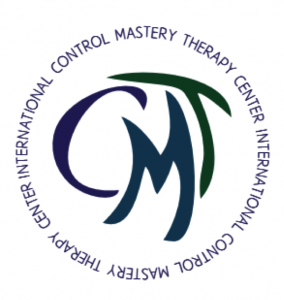
Patients test according to unconscious plans, which gives them a general direction. These plans are ways of achieving therapeutic goals by mastering the effects of trauma through overcoming the internal obstructions that interfere with the pursuit of goals. The plan tells the patient which beliefs to test first and which to defer testing until later. It is not a fixed plan, rather a tentative, flexible strategy for achieving one’s goals. It is modified and revised as the therapy progresses. In fact, the patient will often mold his plan to the therapist’s style, stance, or orientation.
The therapist uses his inferences about the patient’s plan to guide his interventions. It is crucial that the therapist observe the patient’s responses and subsequent material in order to assess the accuracy of his inferences.
The therapist must be prepared to change his inferences as new material emerges. The therapist’s provisional inferences are extremely orienting. The therapist is then prepared to recognize the patient’s tests and know how to pass them. If the therapist passes the initial, less difficult tests and so begins to disconfirm his pathogenic beliefs, the patient may be able to present more difficult tests with some degree of certainty that the therapist will also pass them. Passed tests challenge a patient’s conviction of the reality of their perceived dangers. Patient’s are relieved and strengthened when the therapist deals with the patient’s testing correctly.
